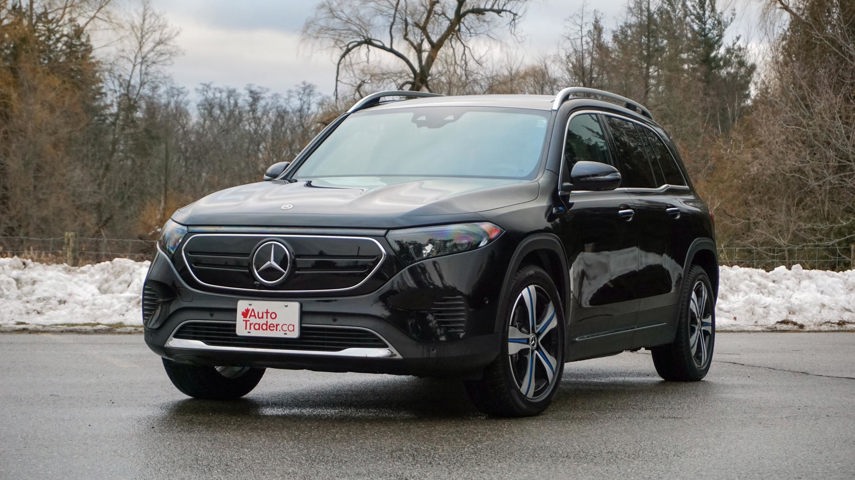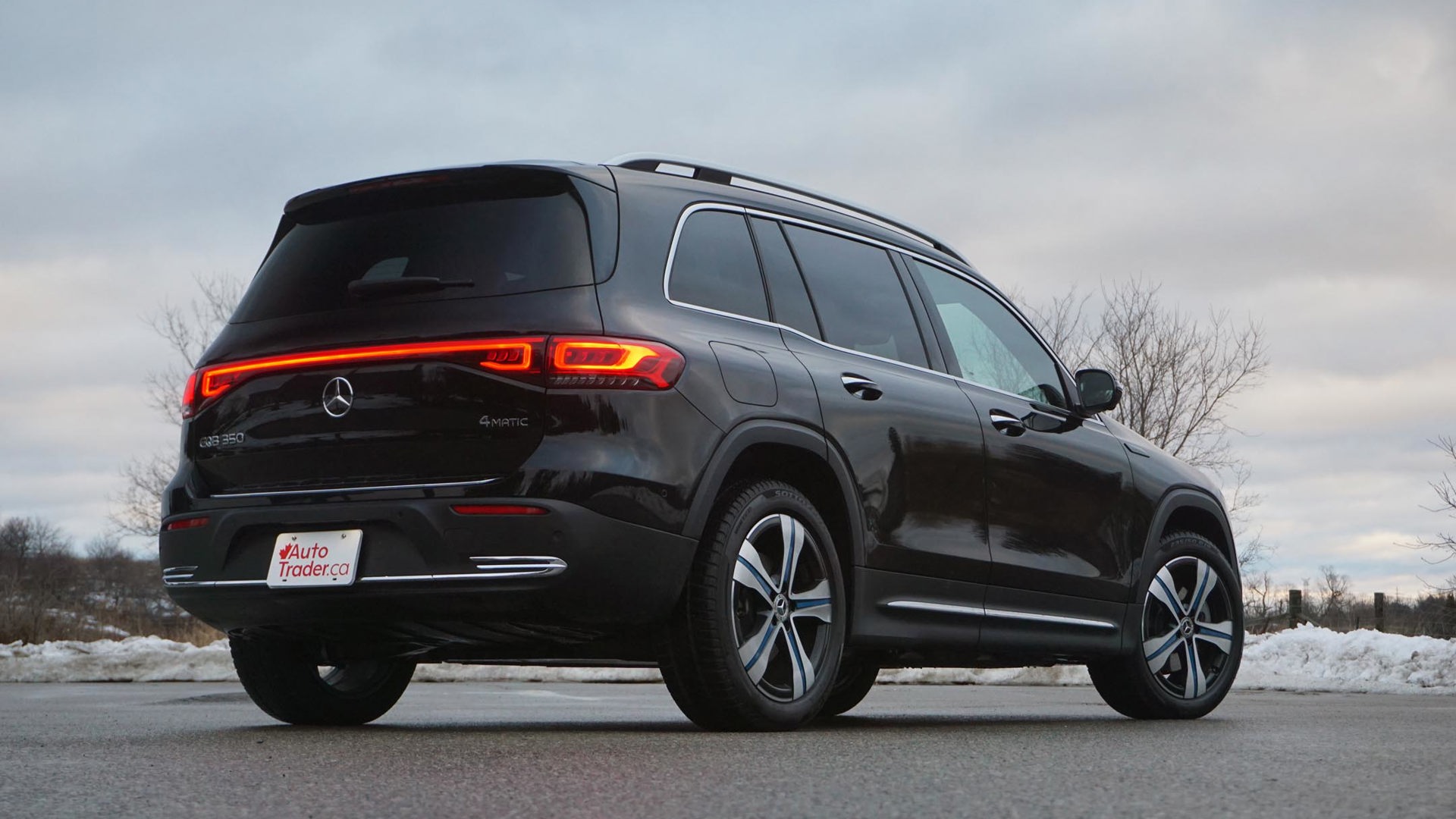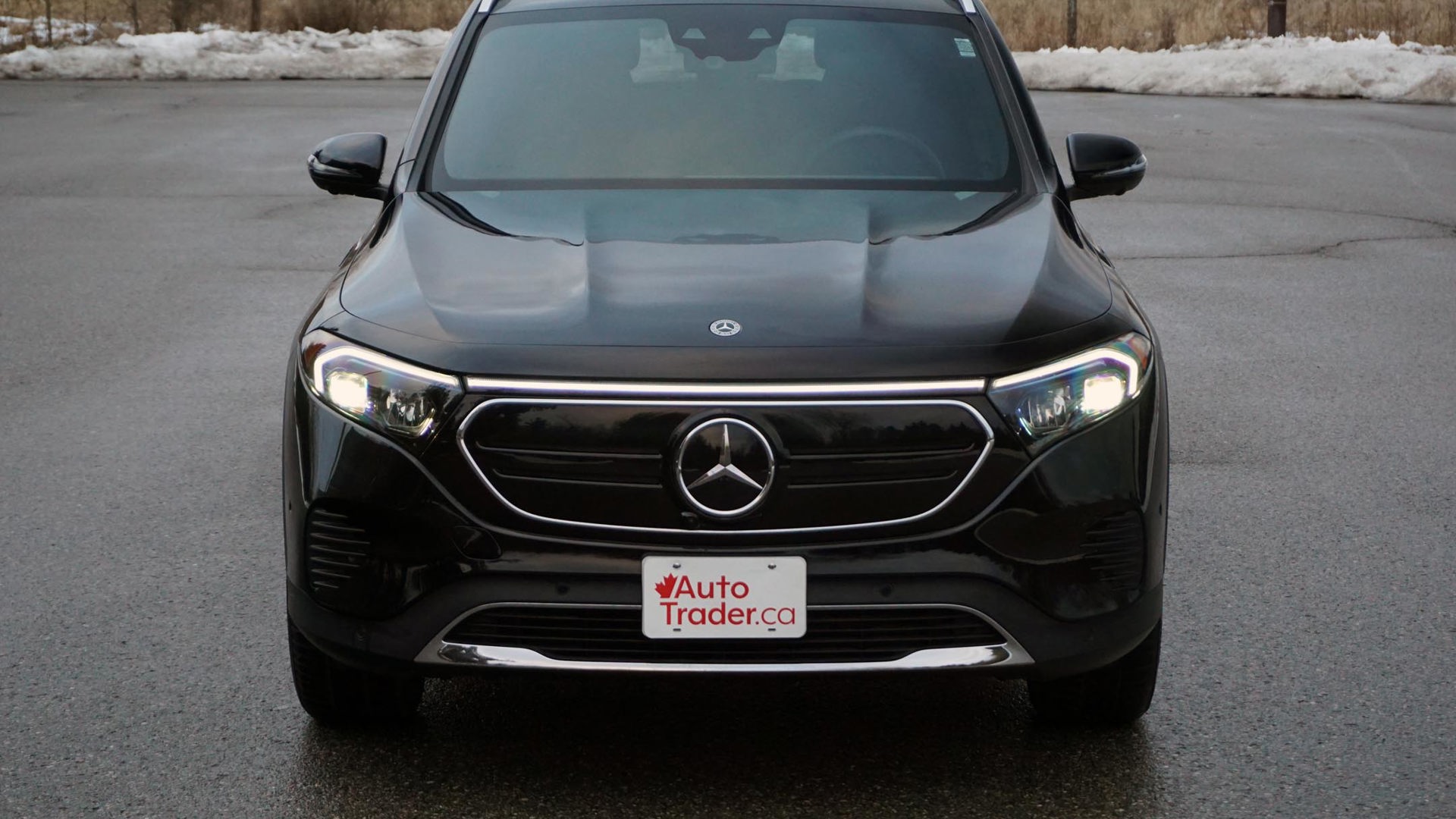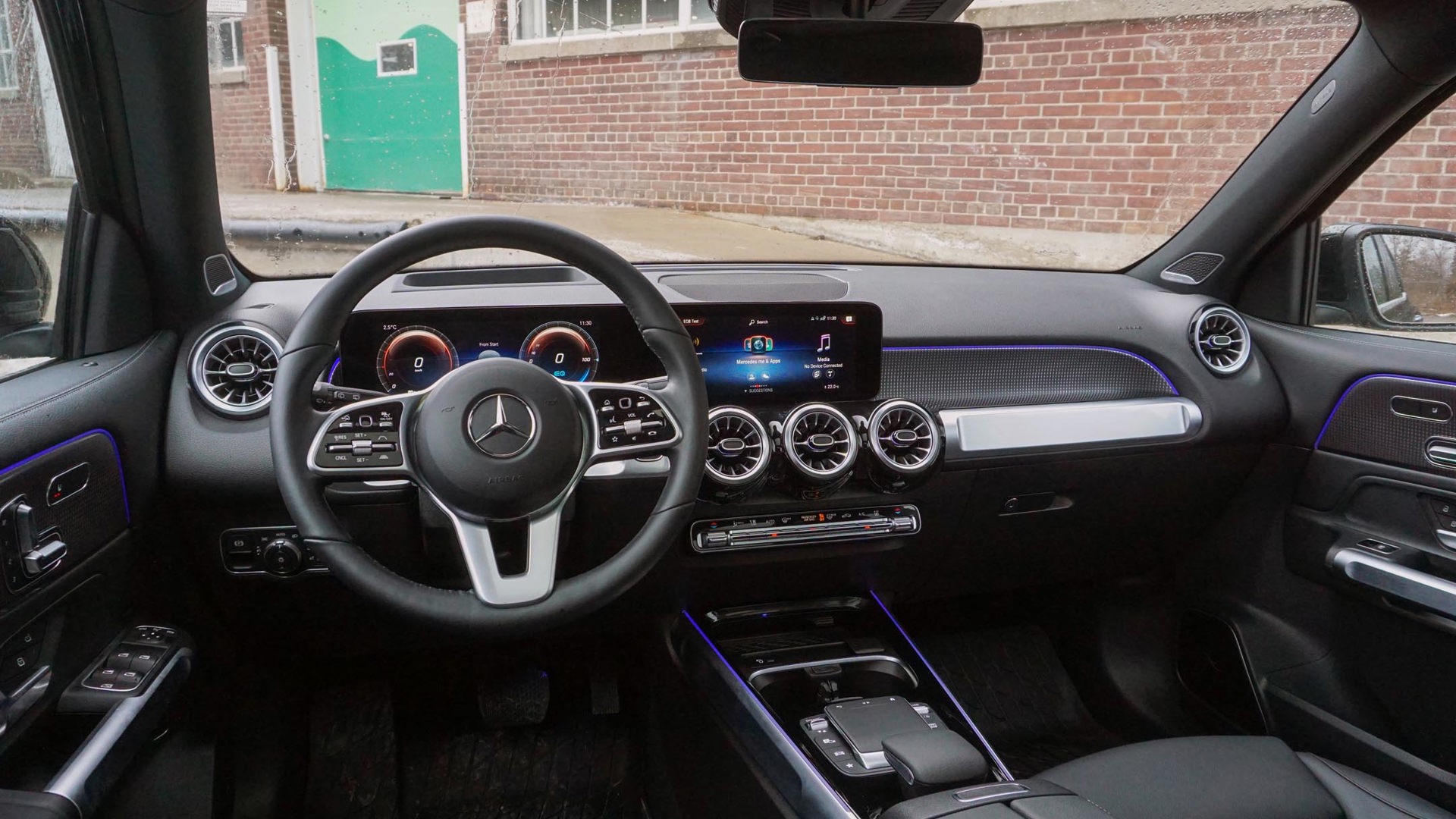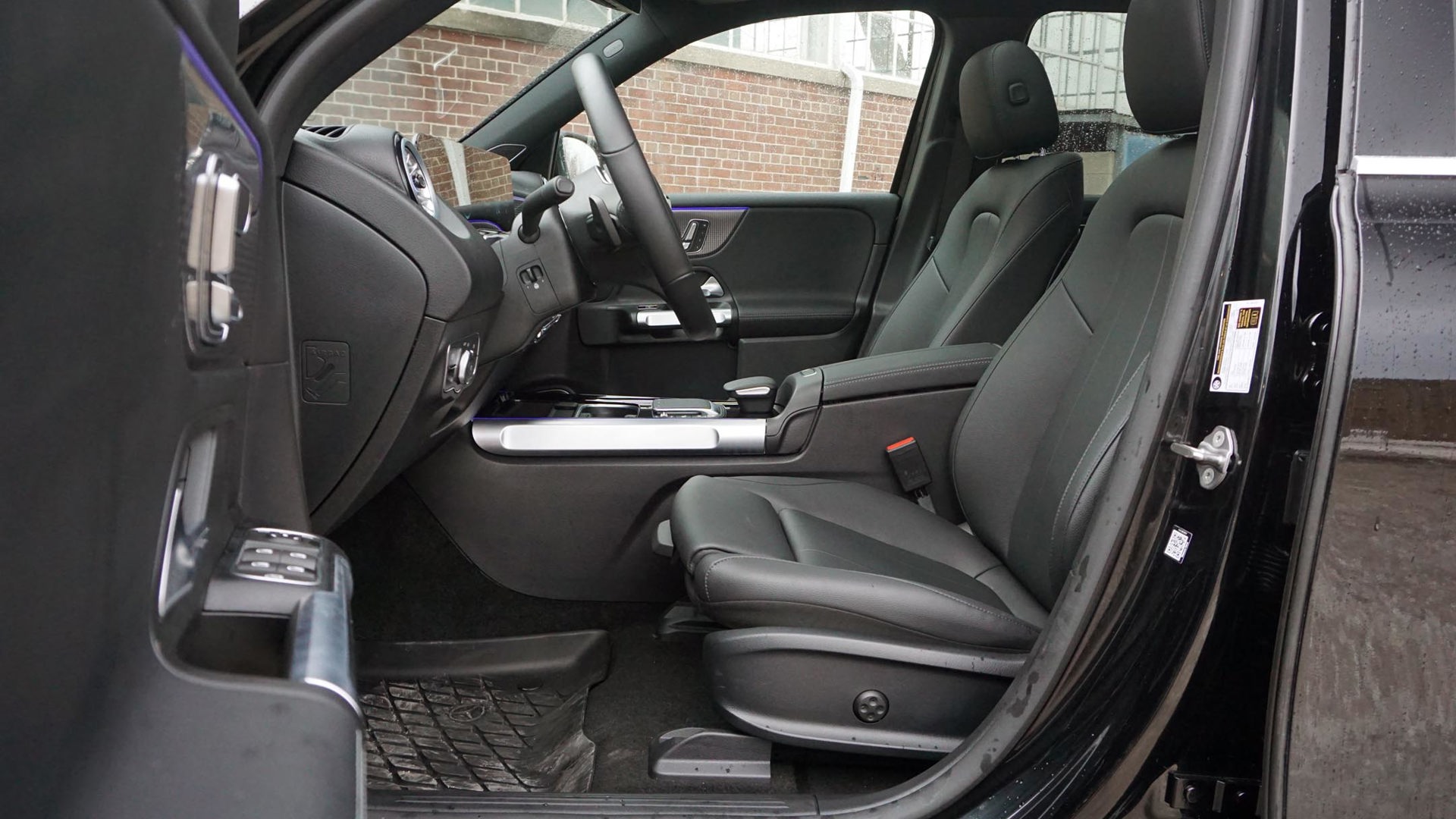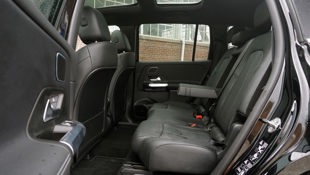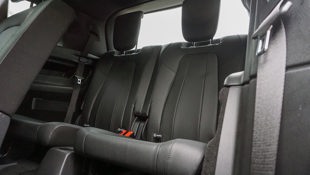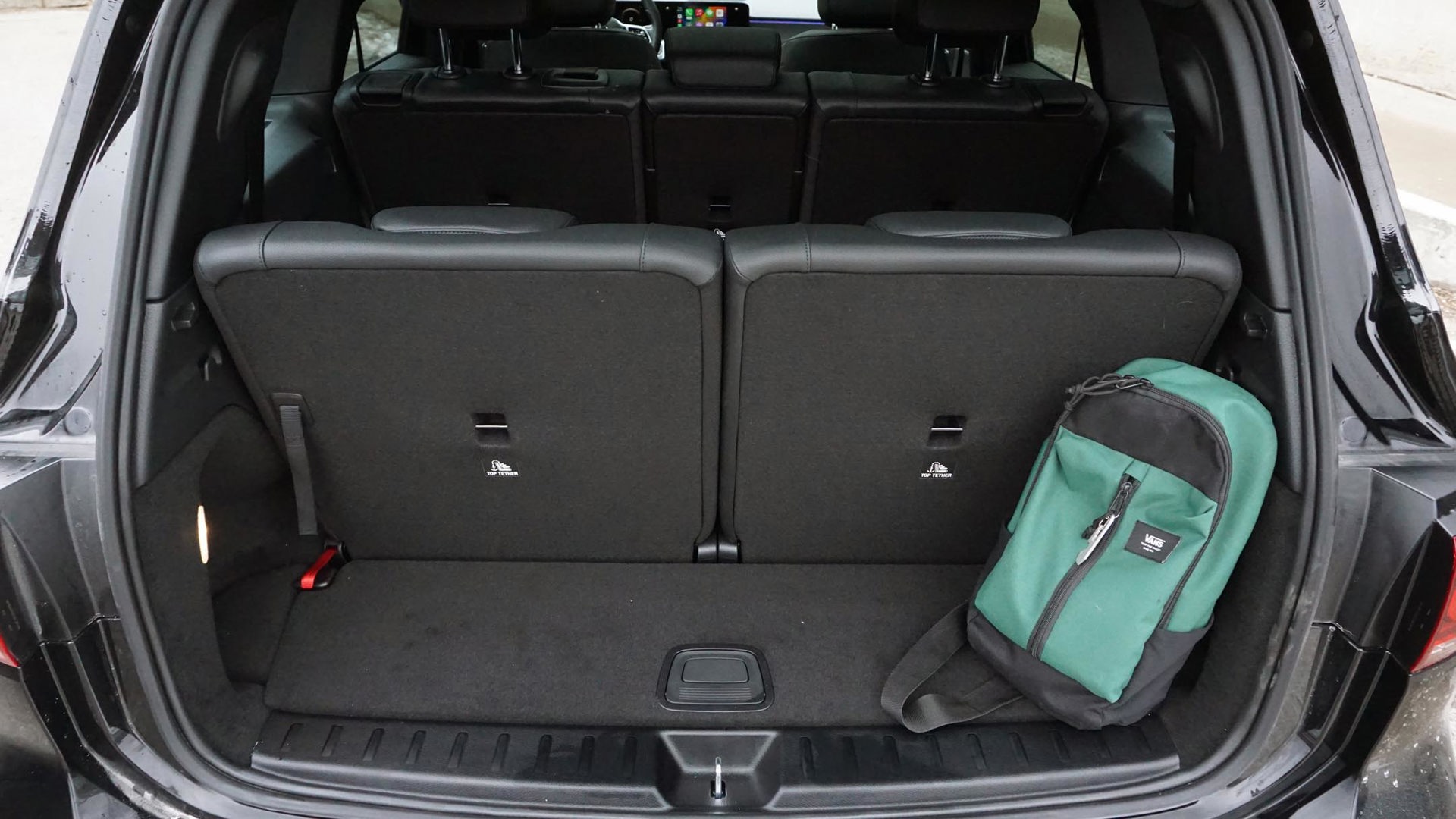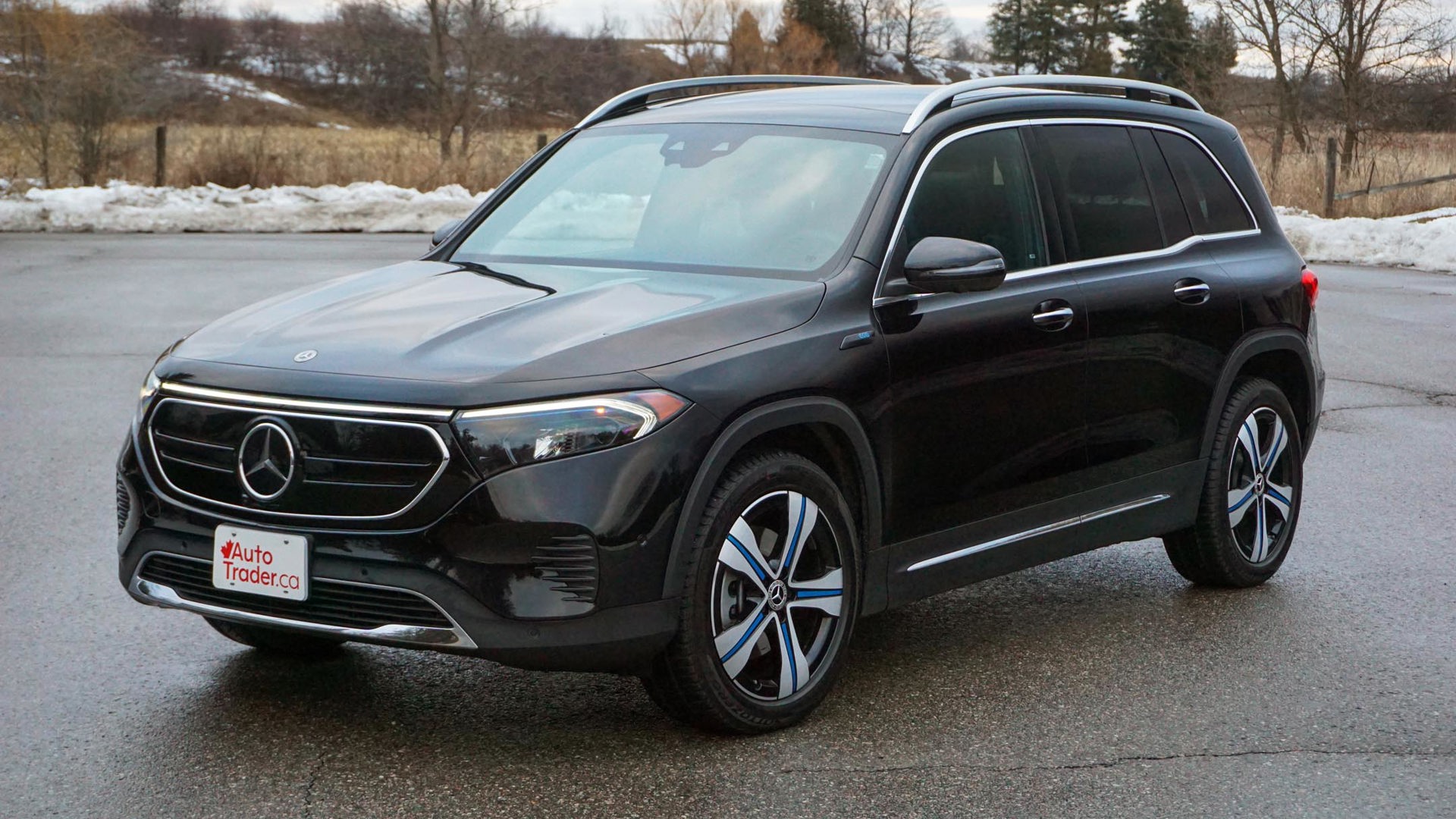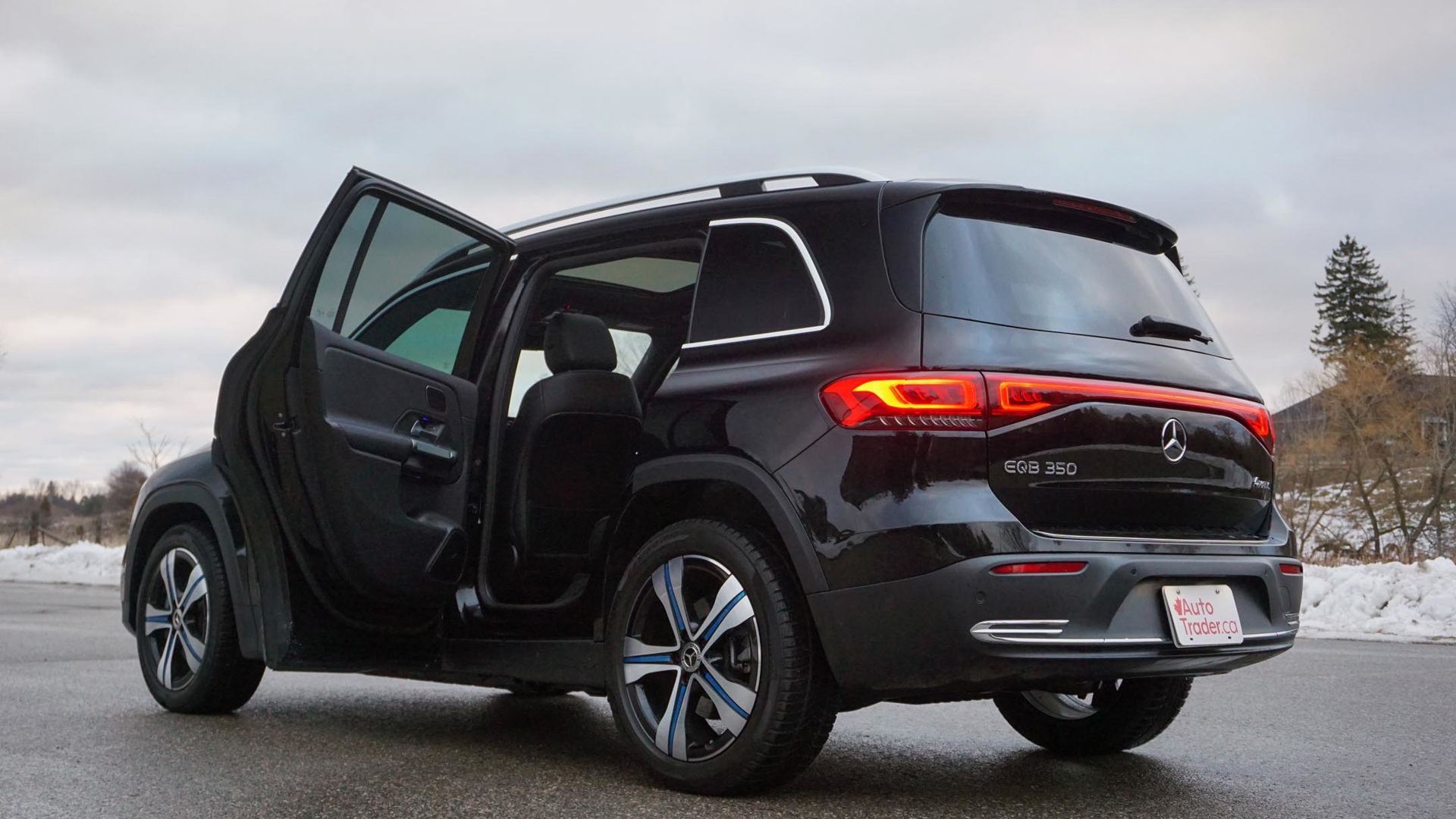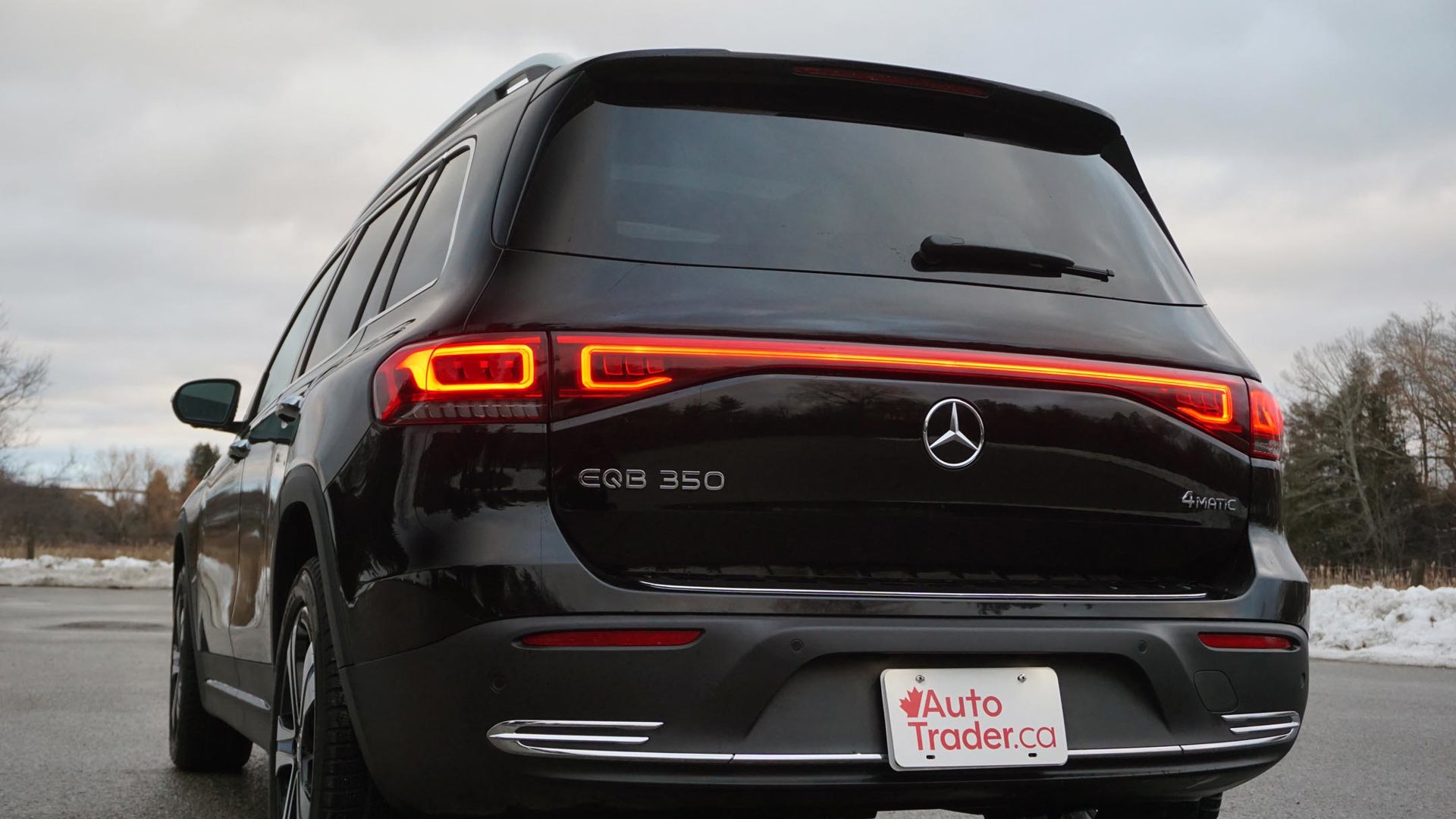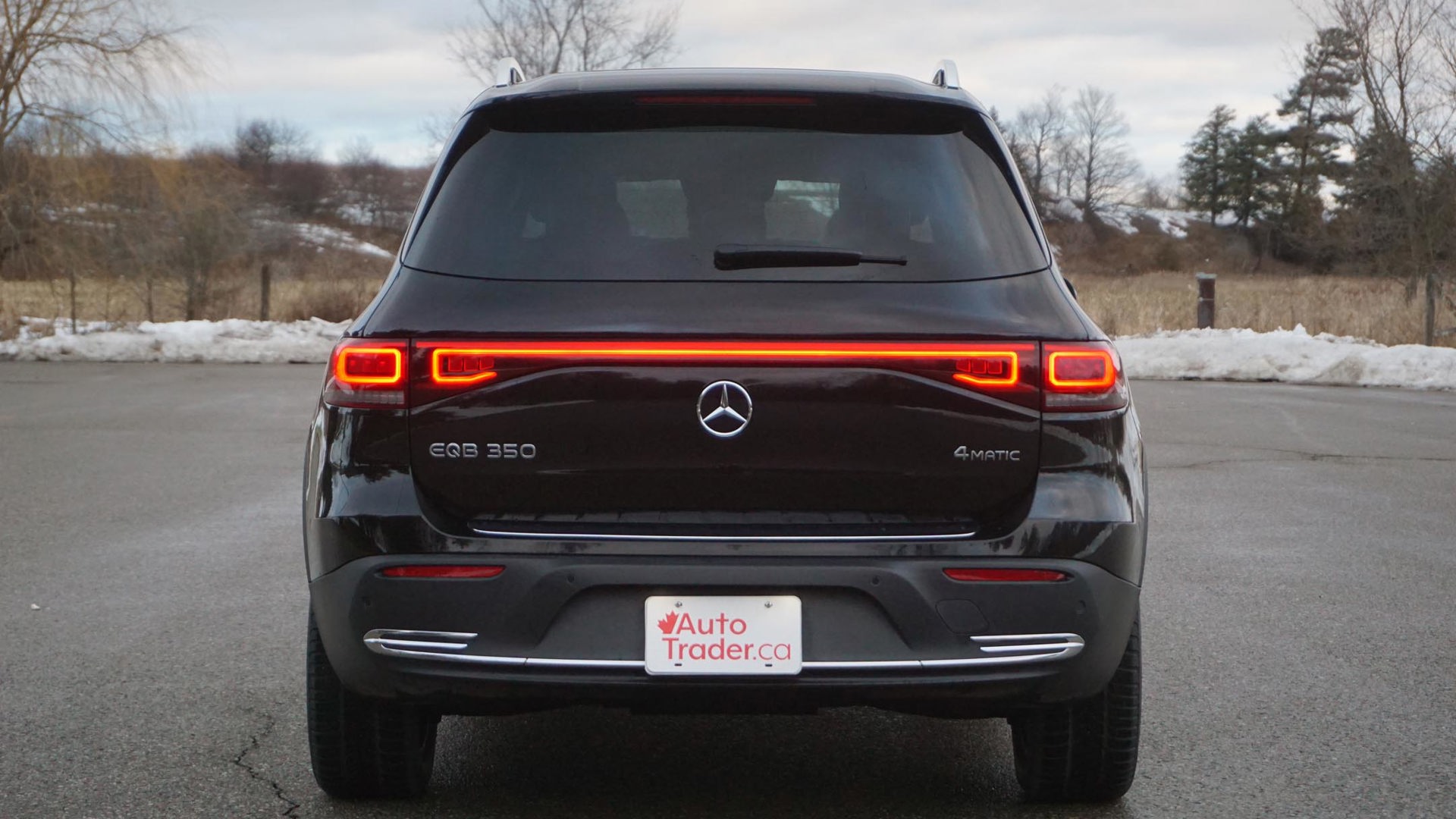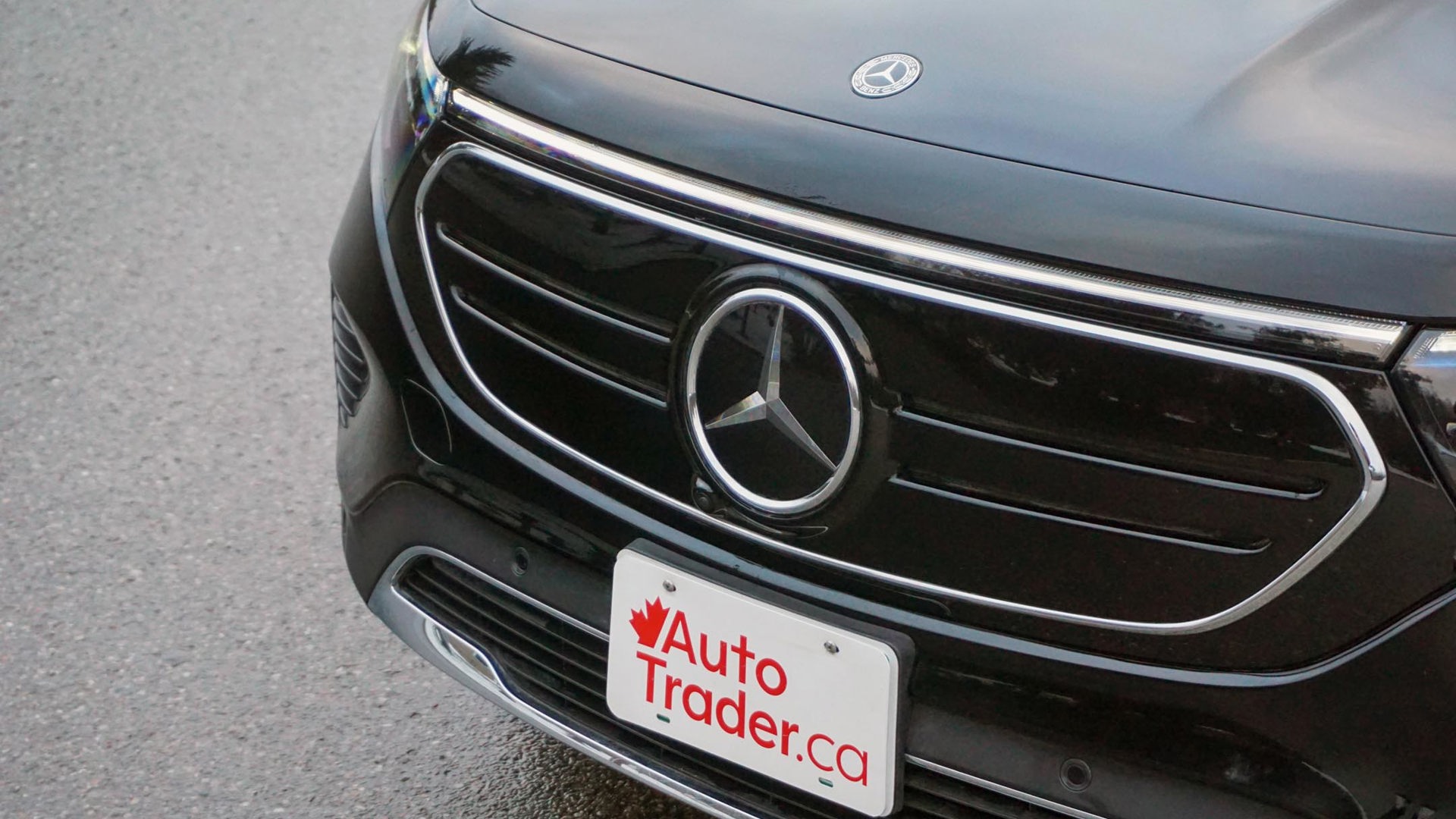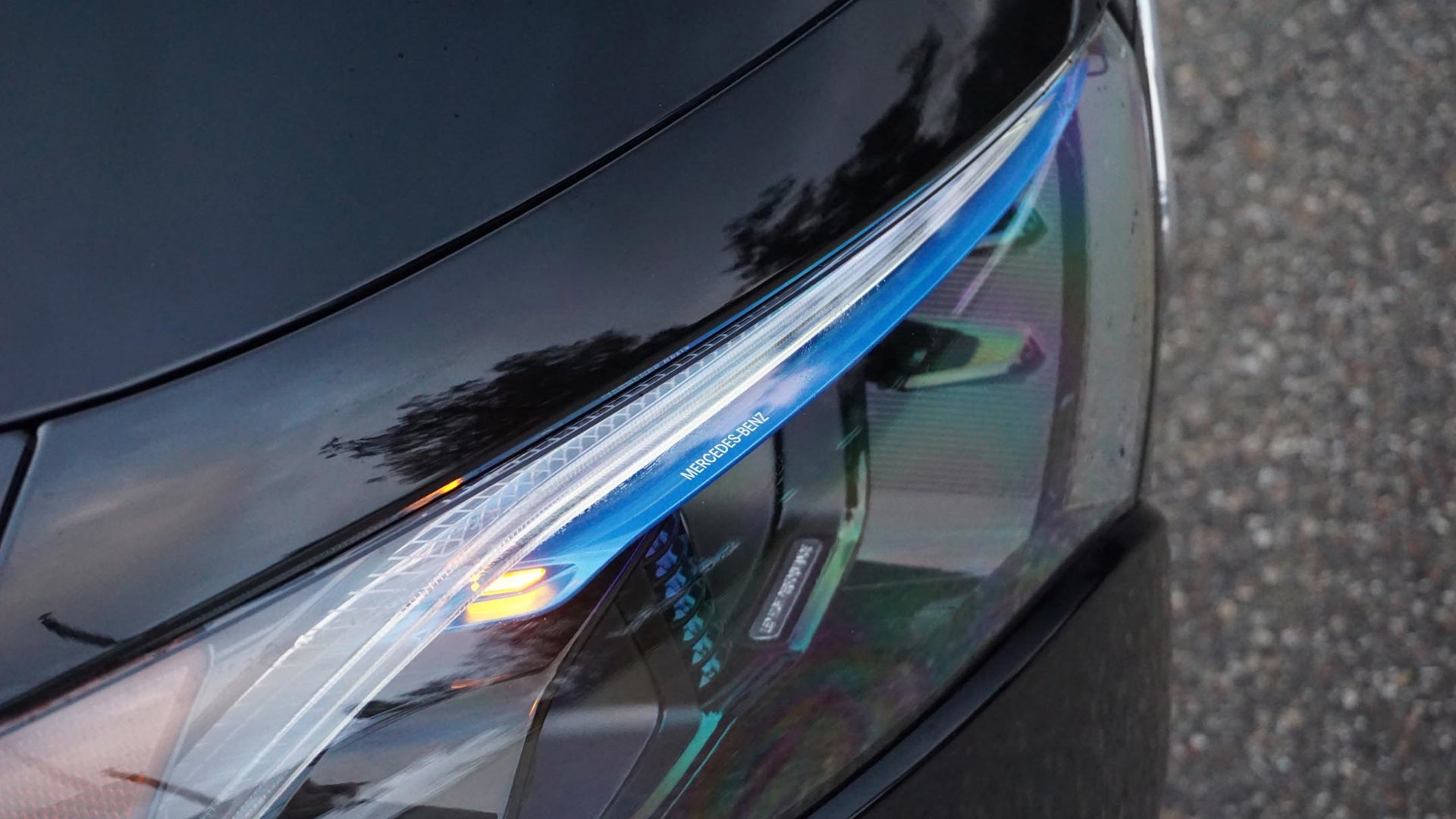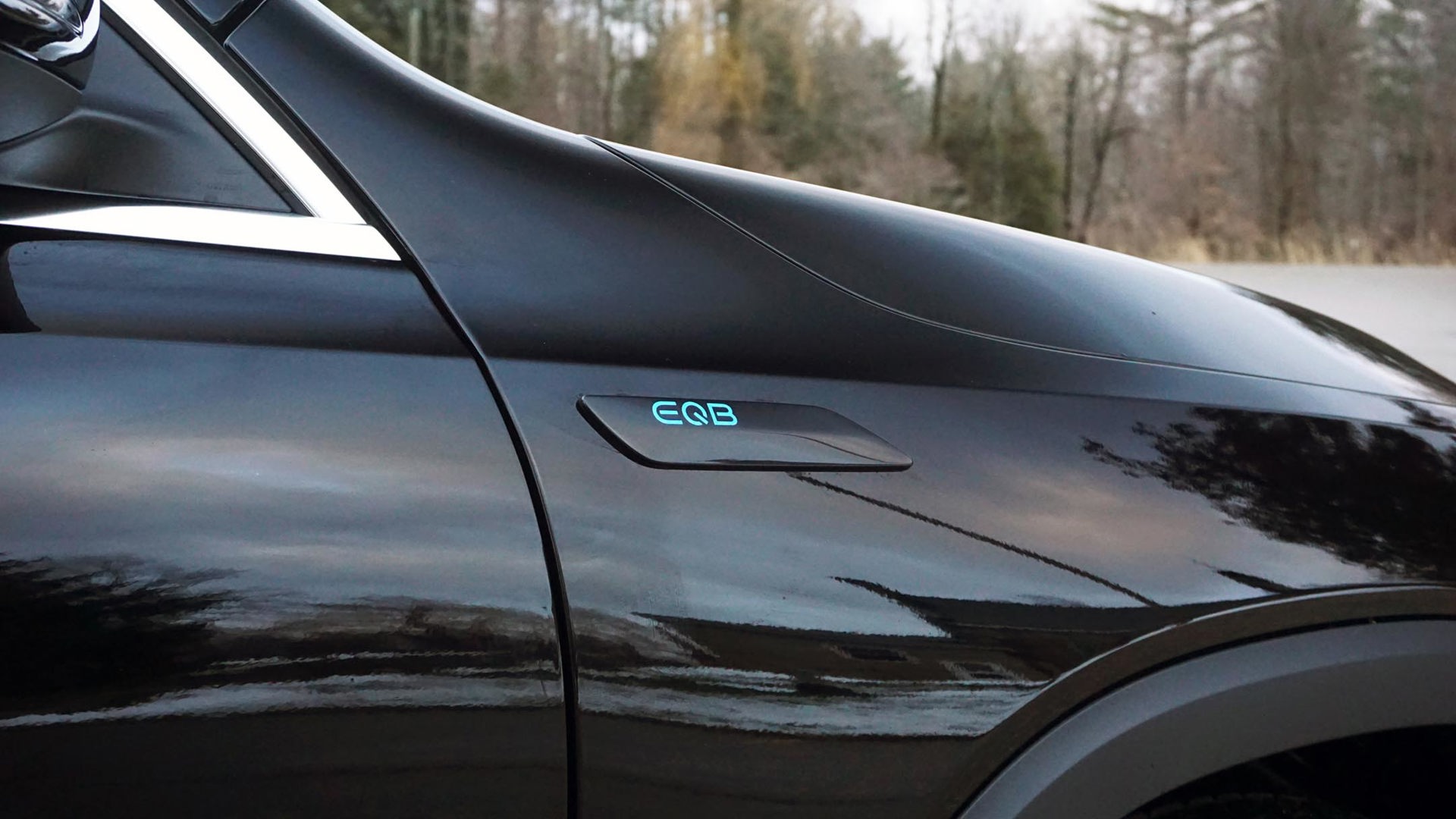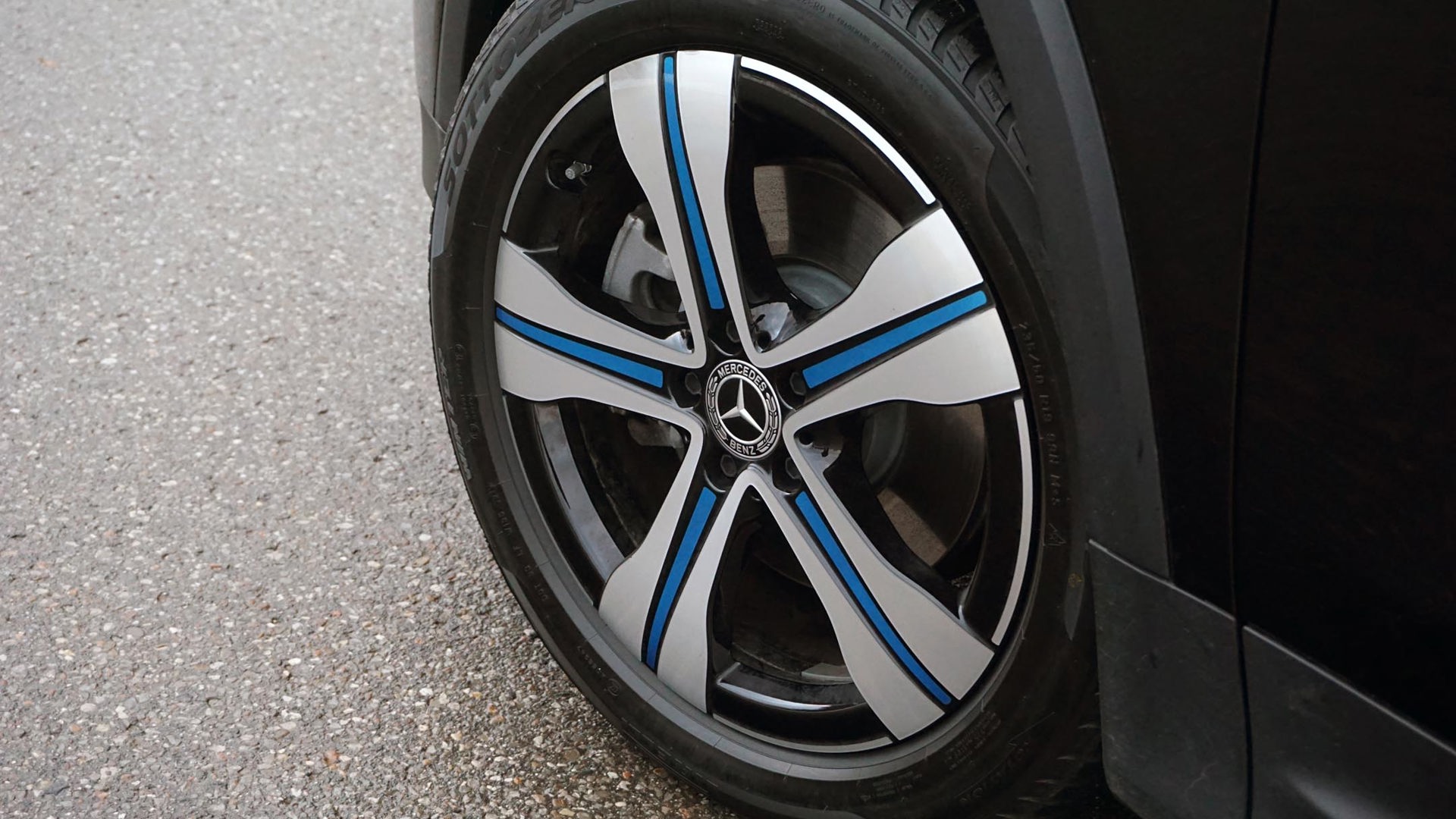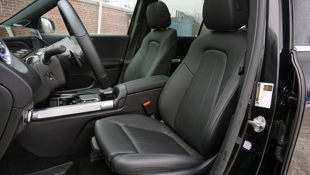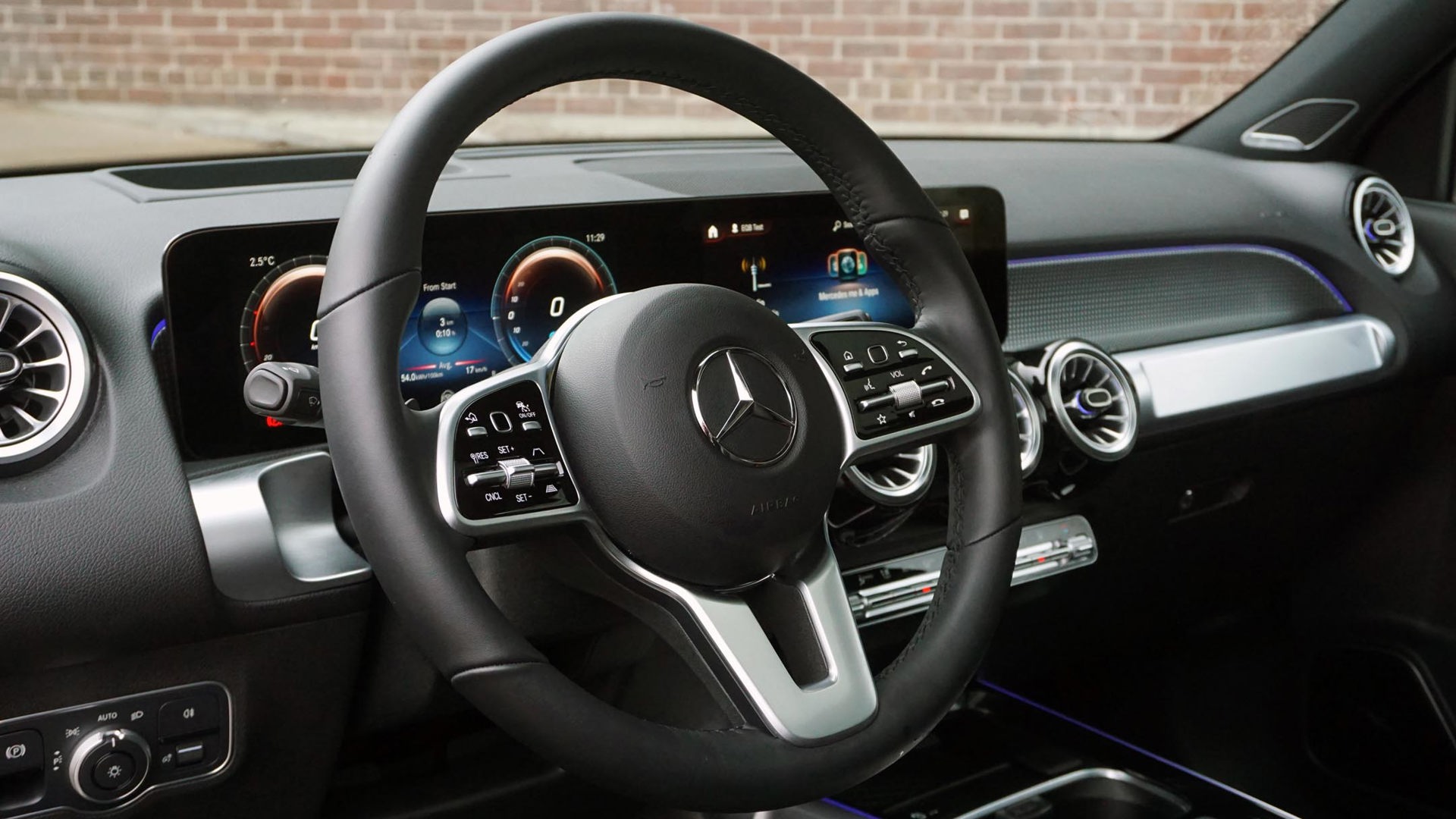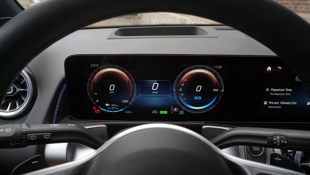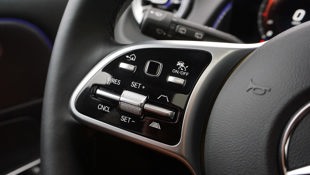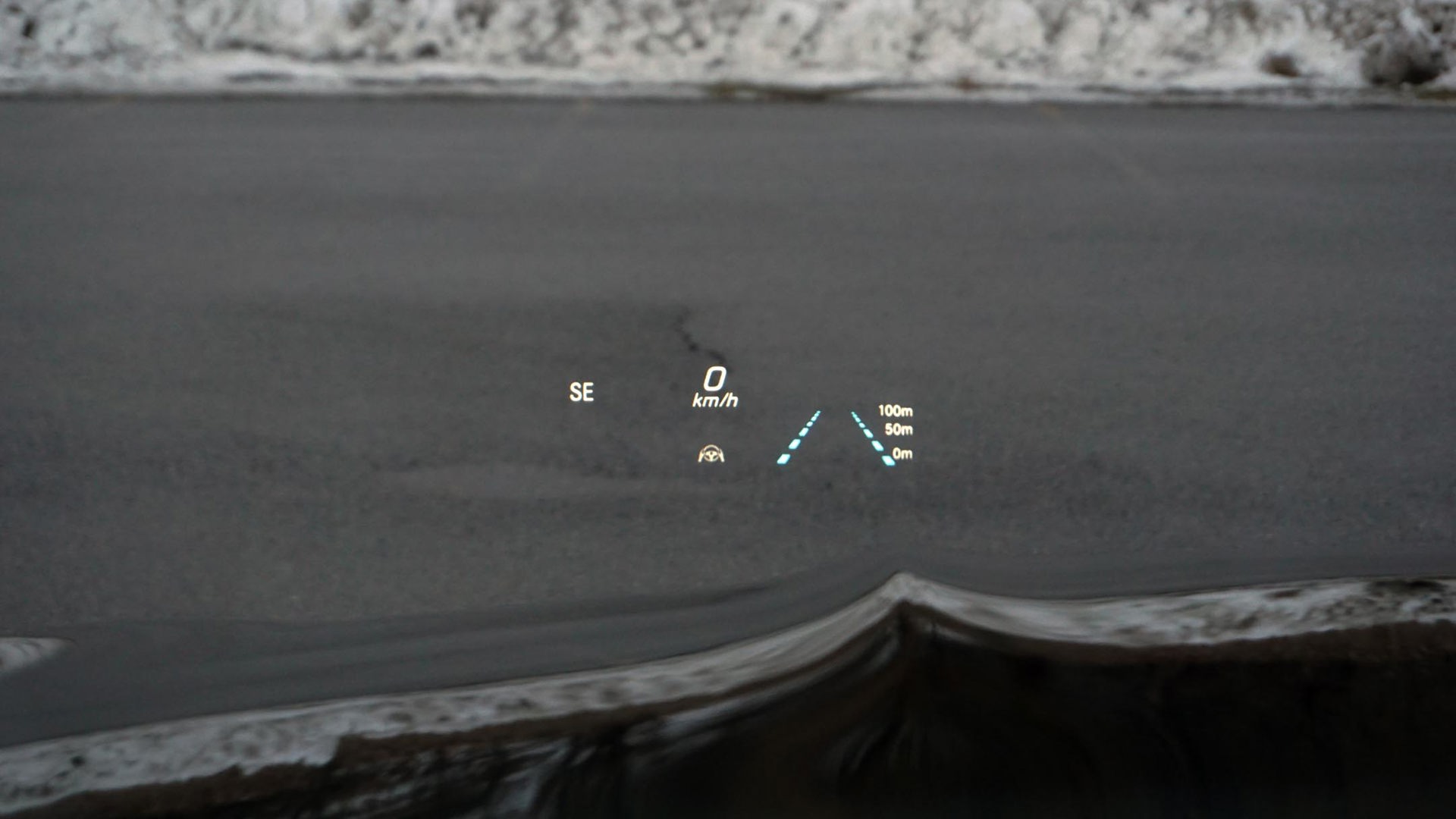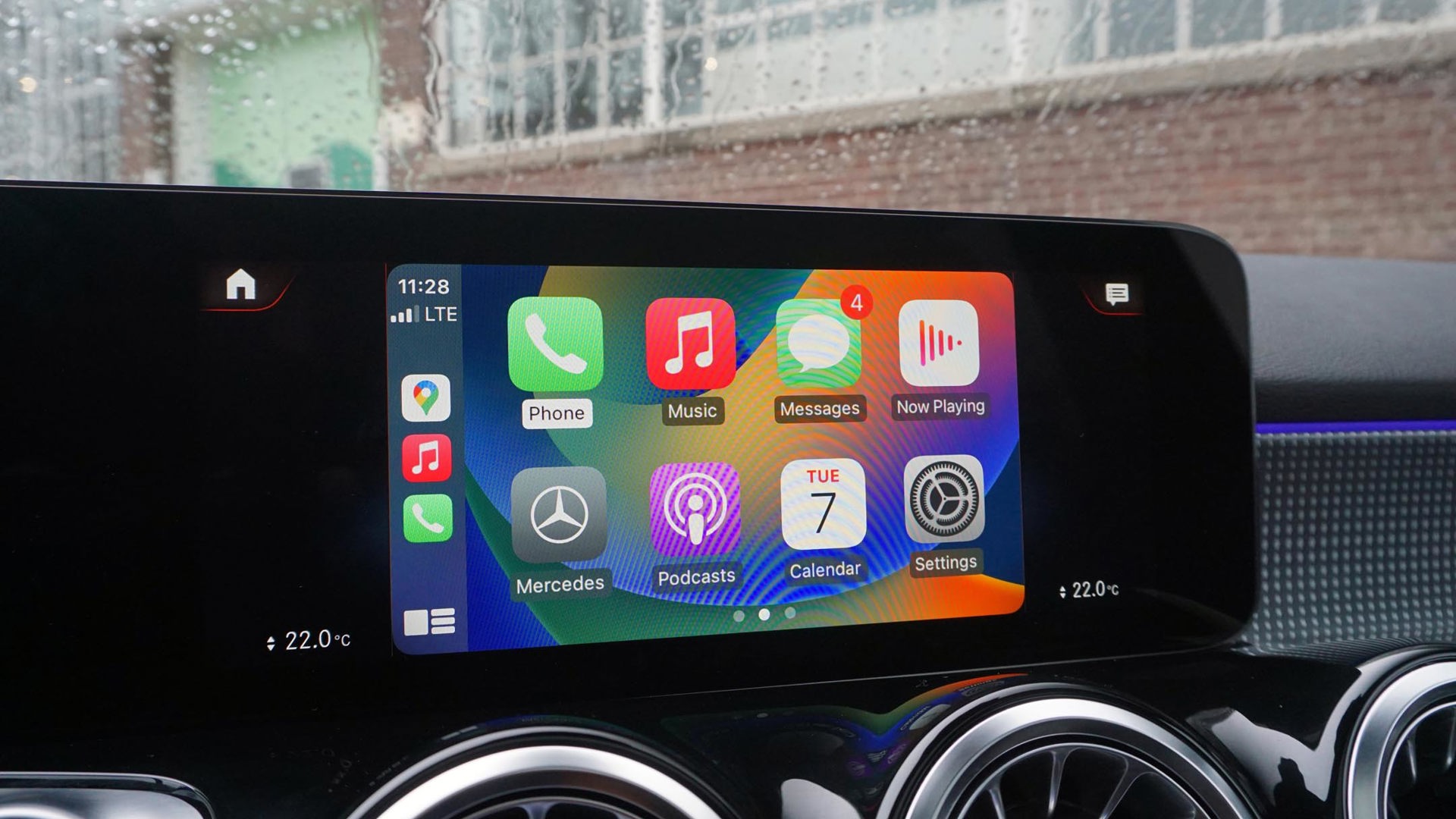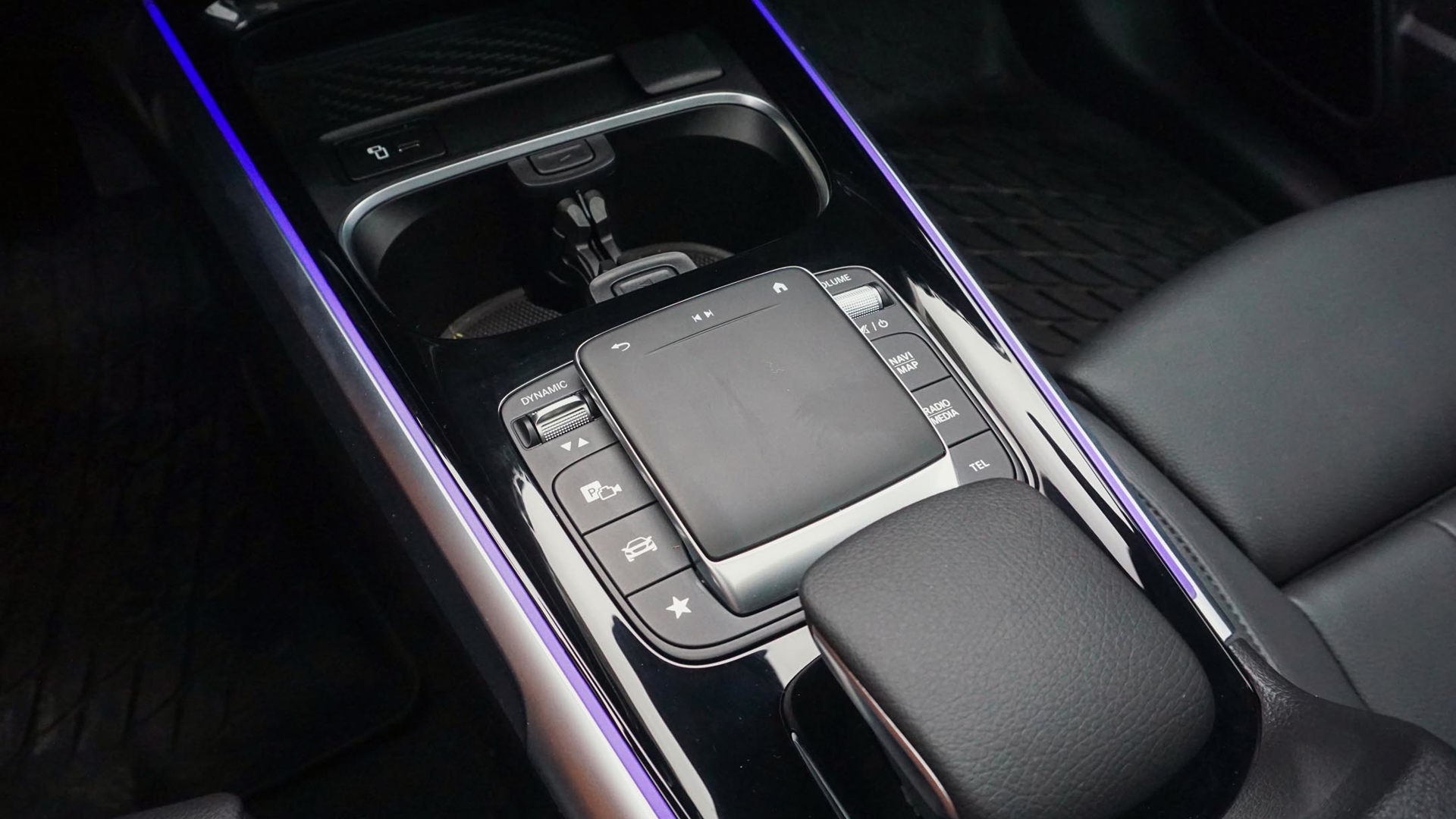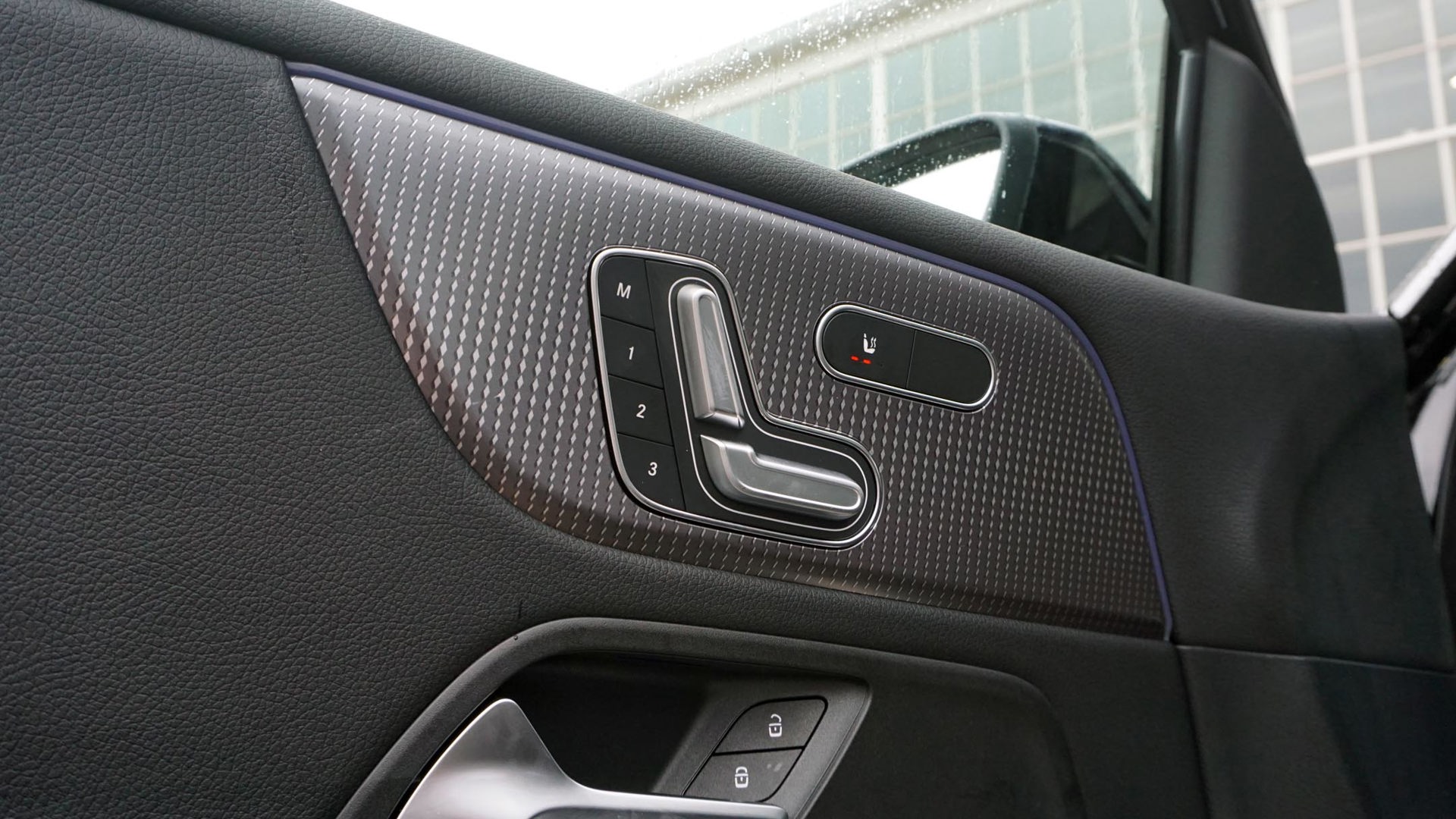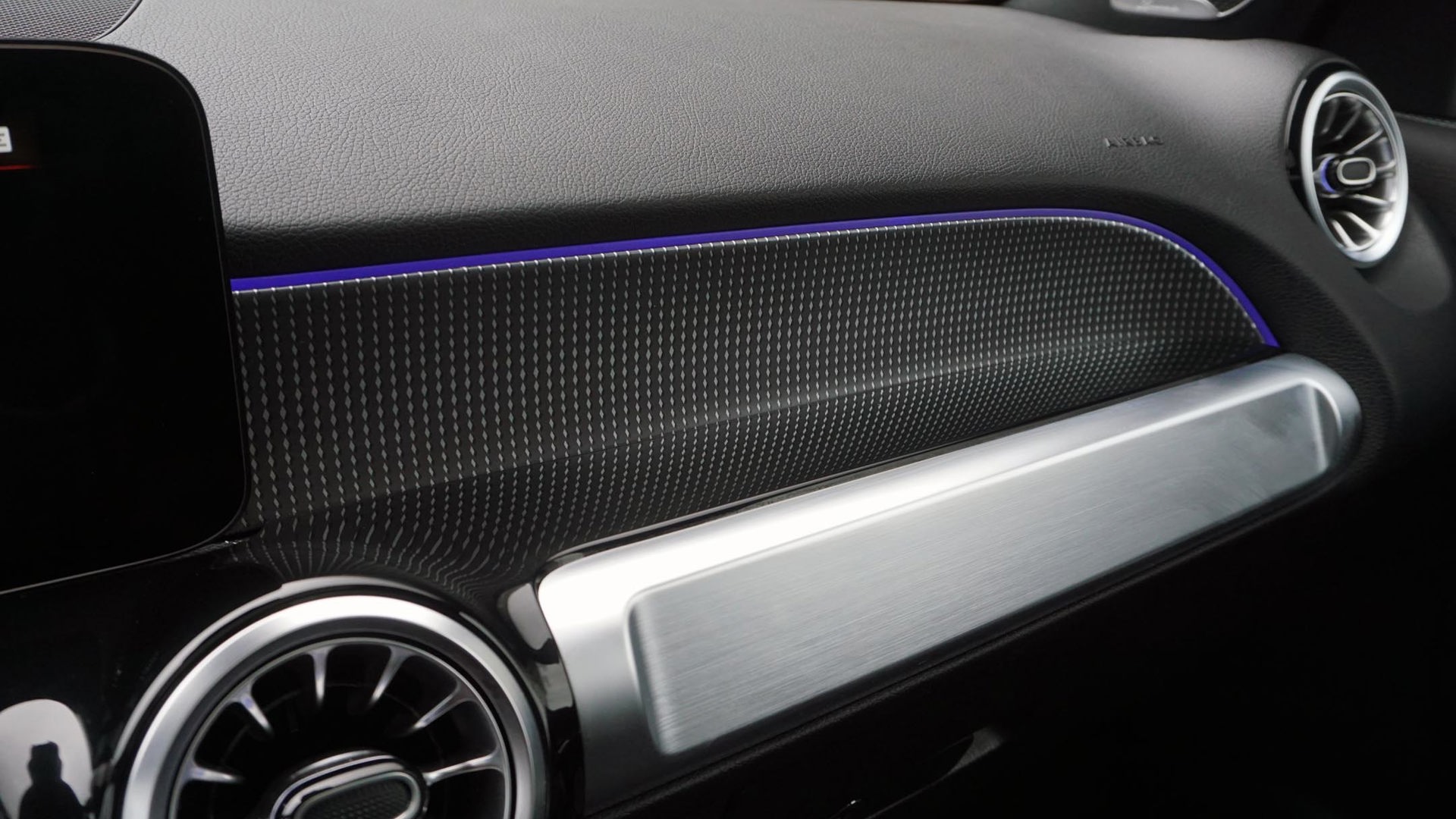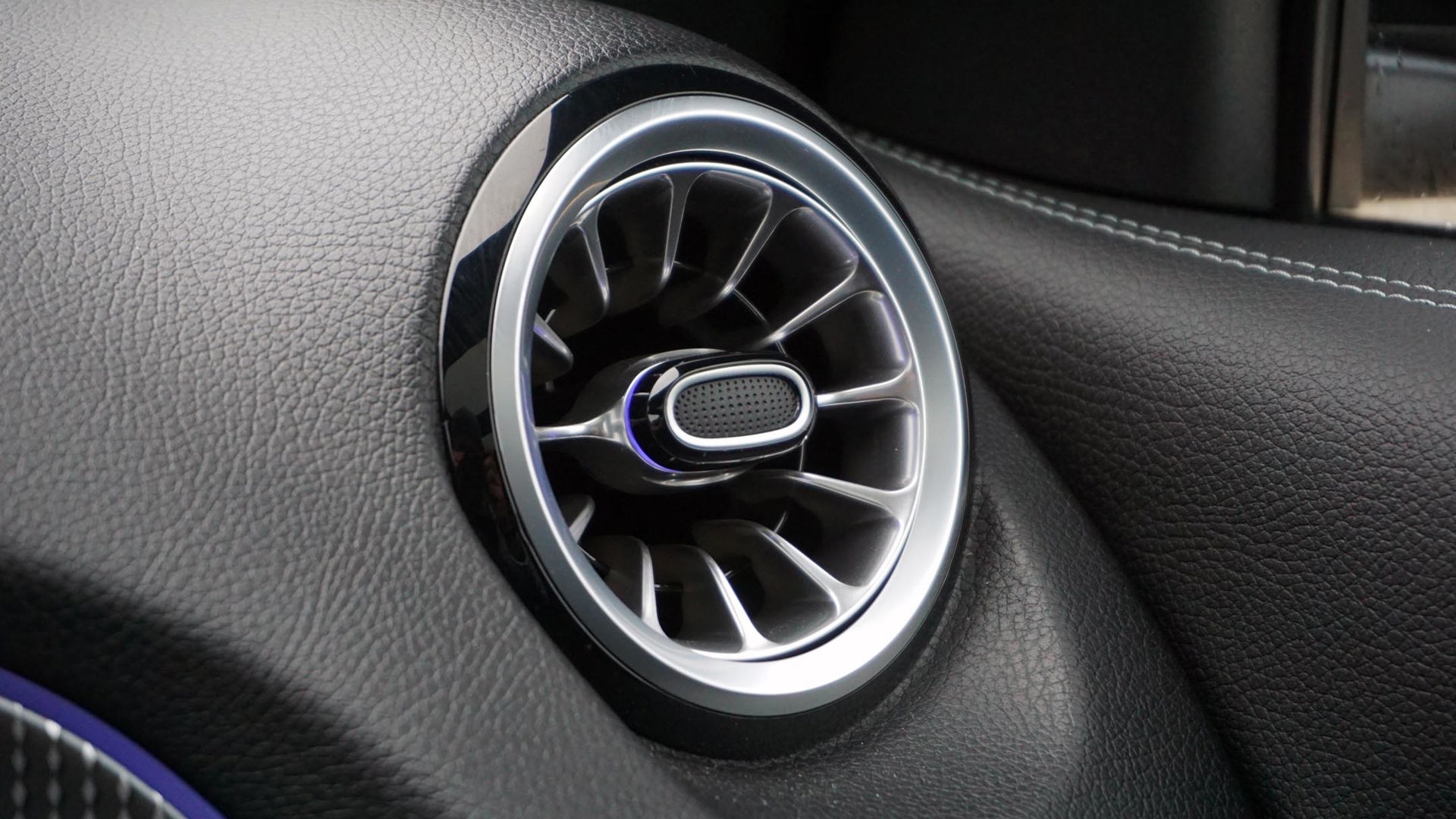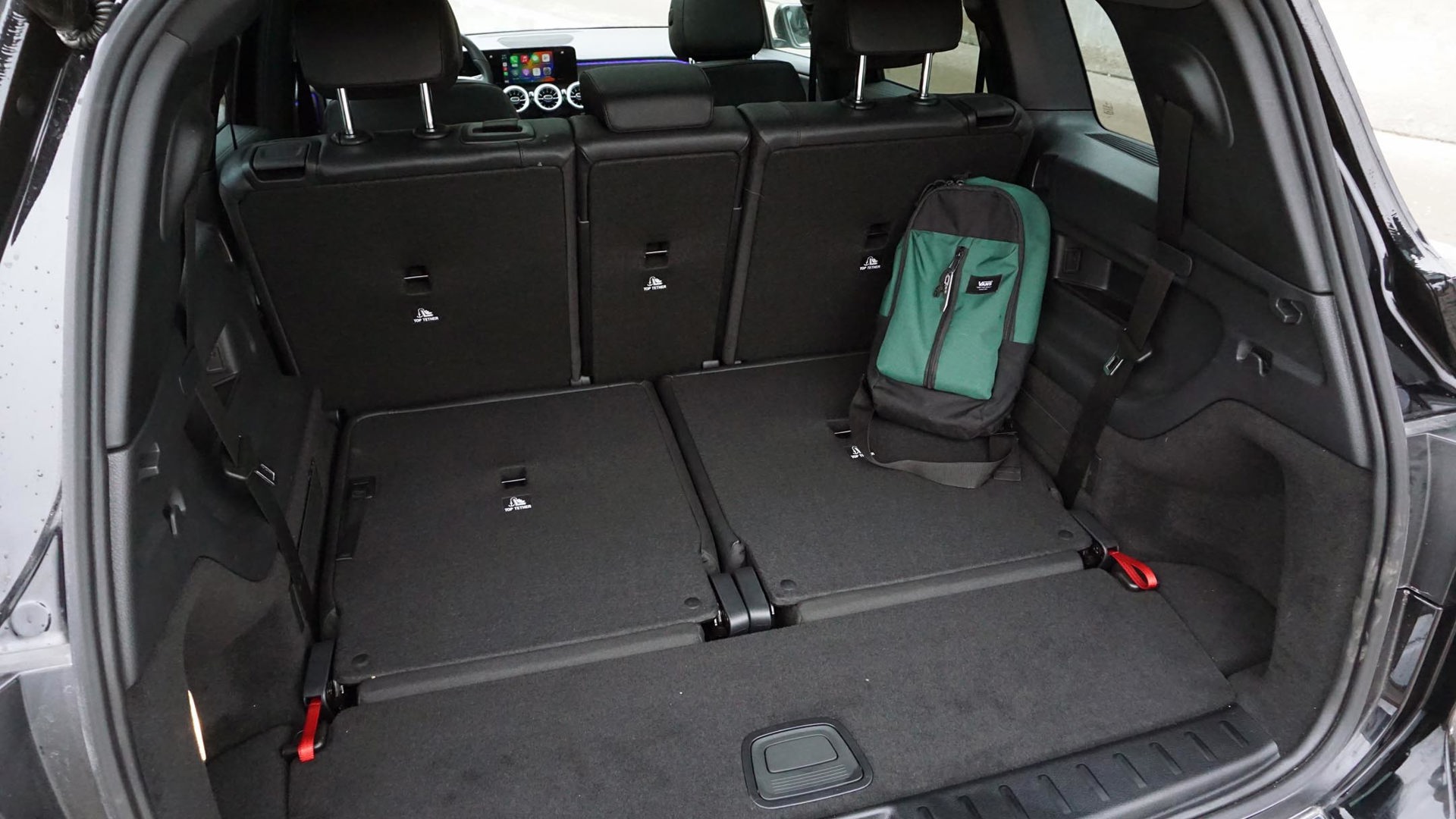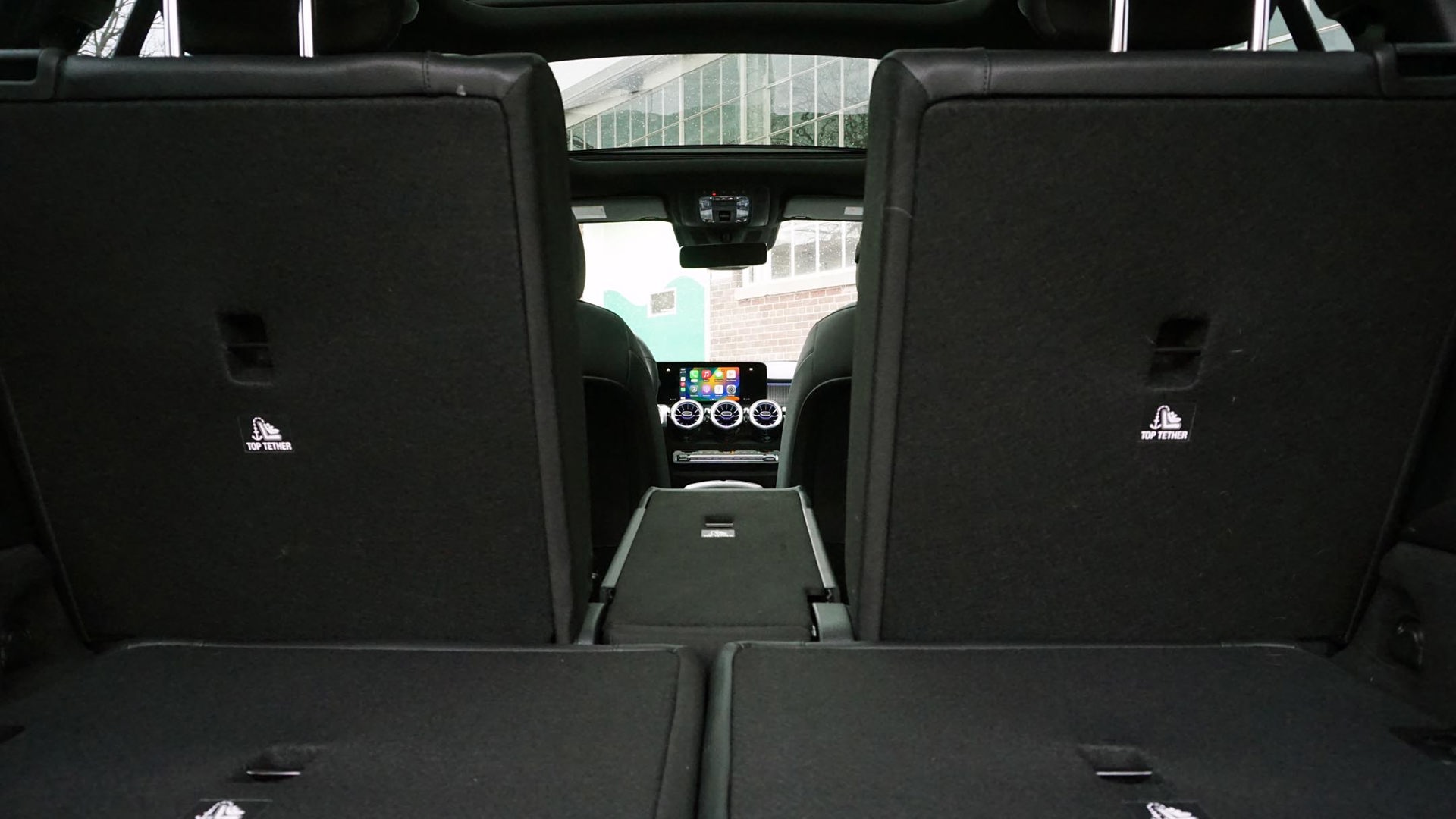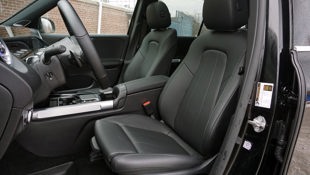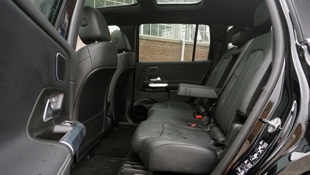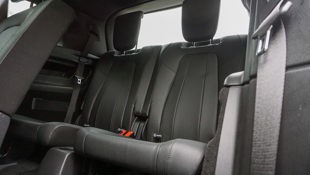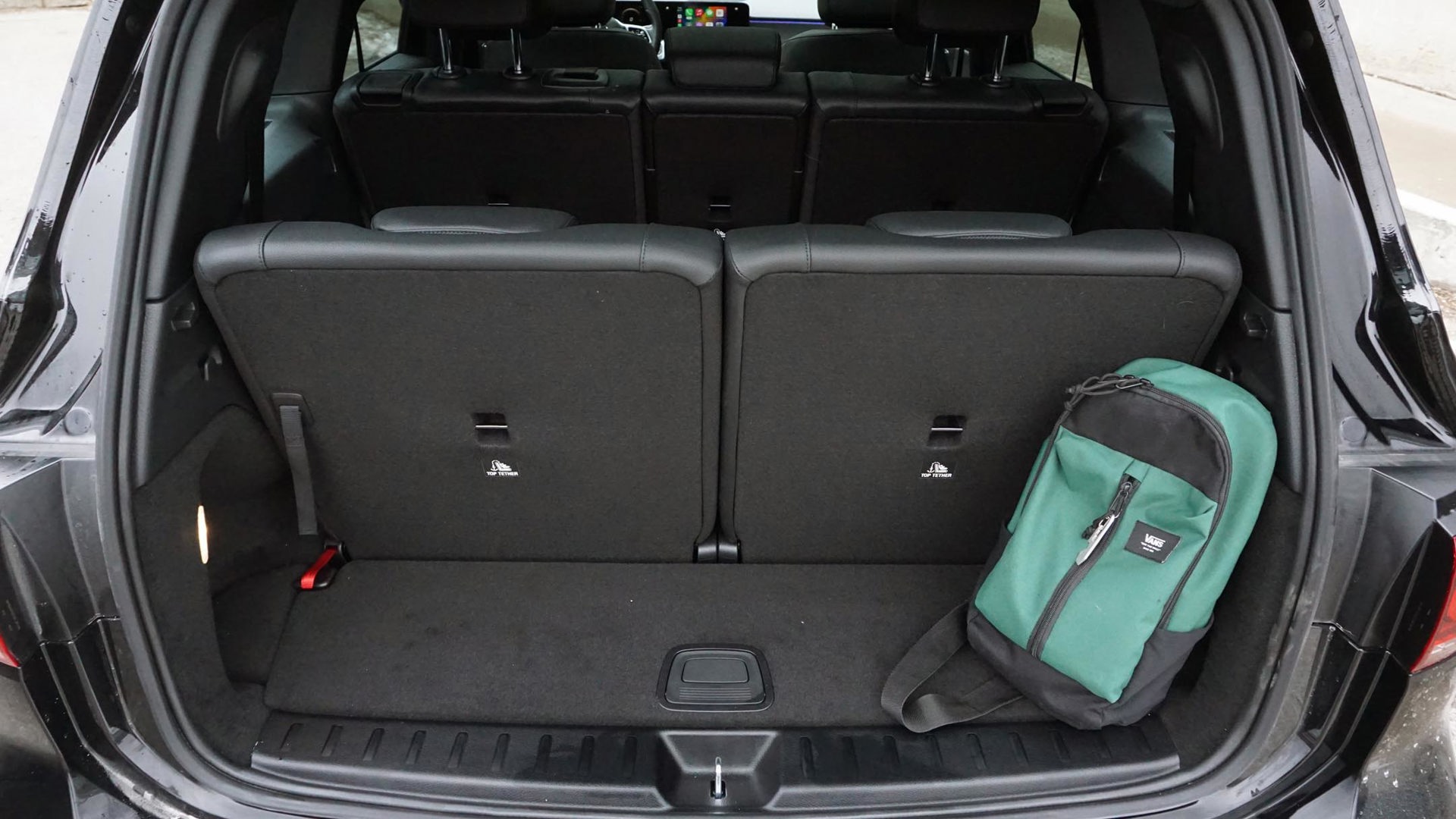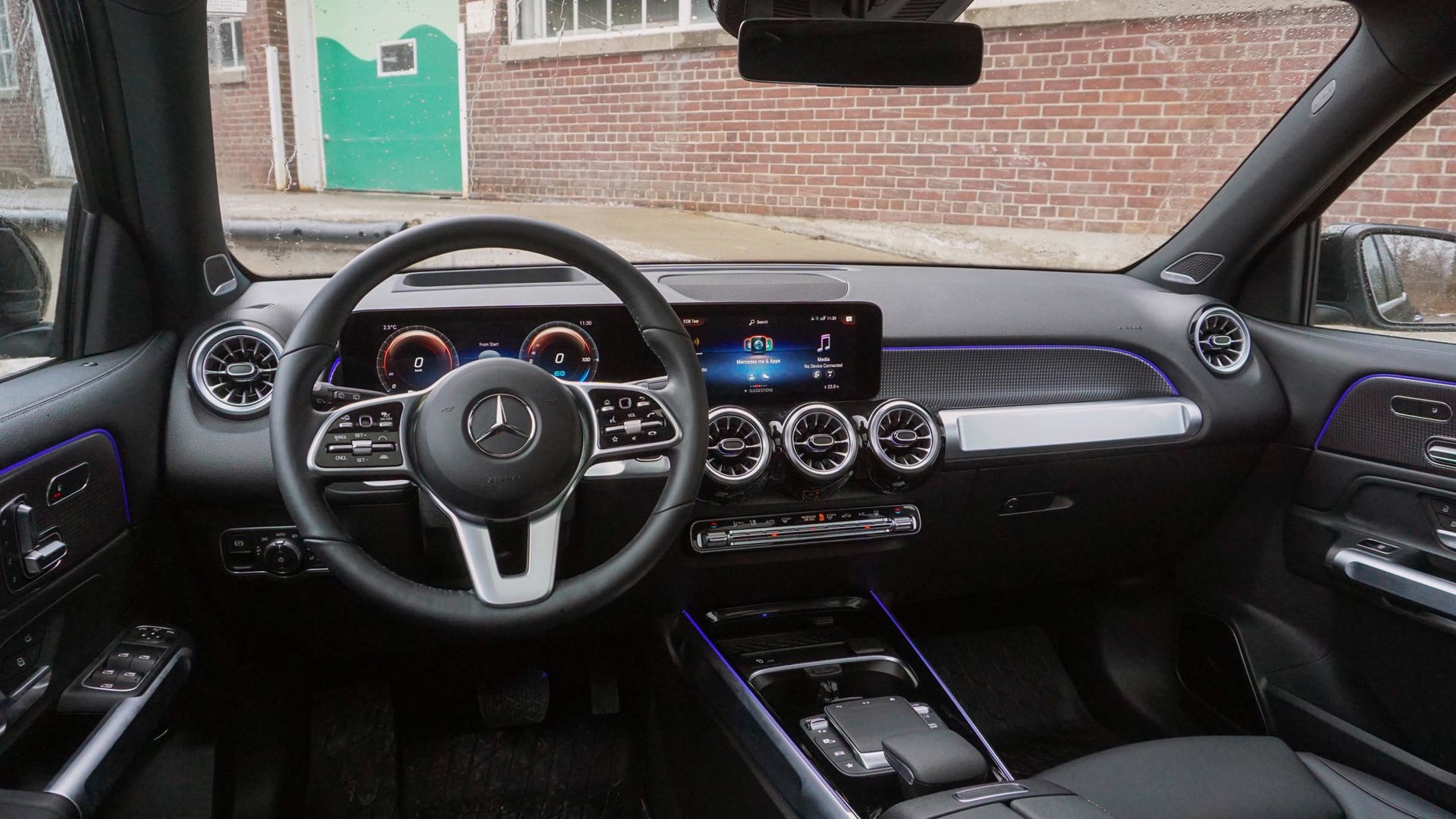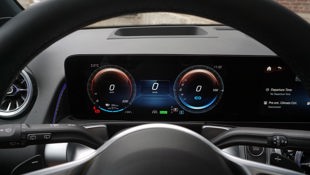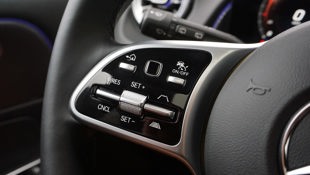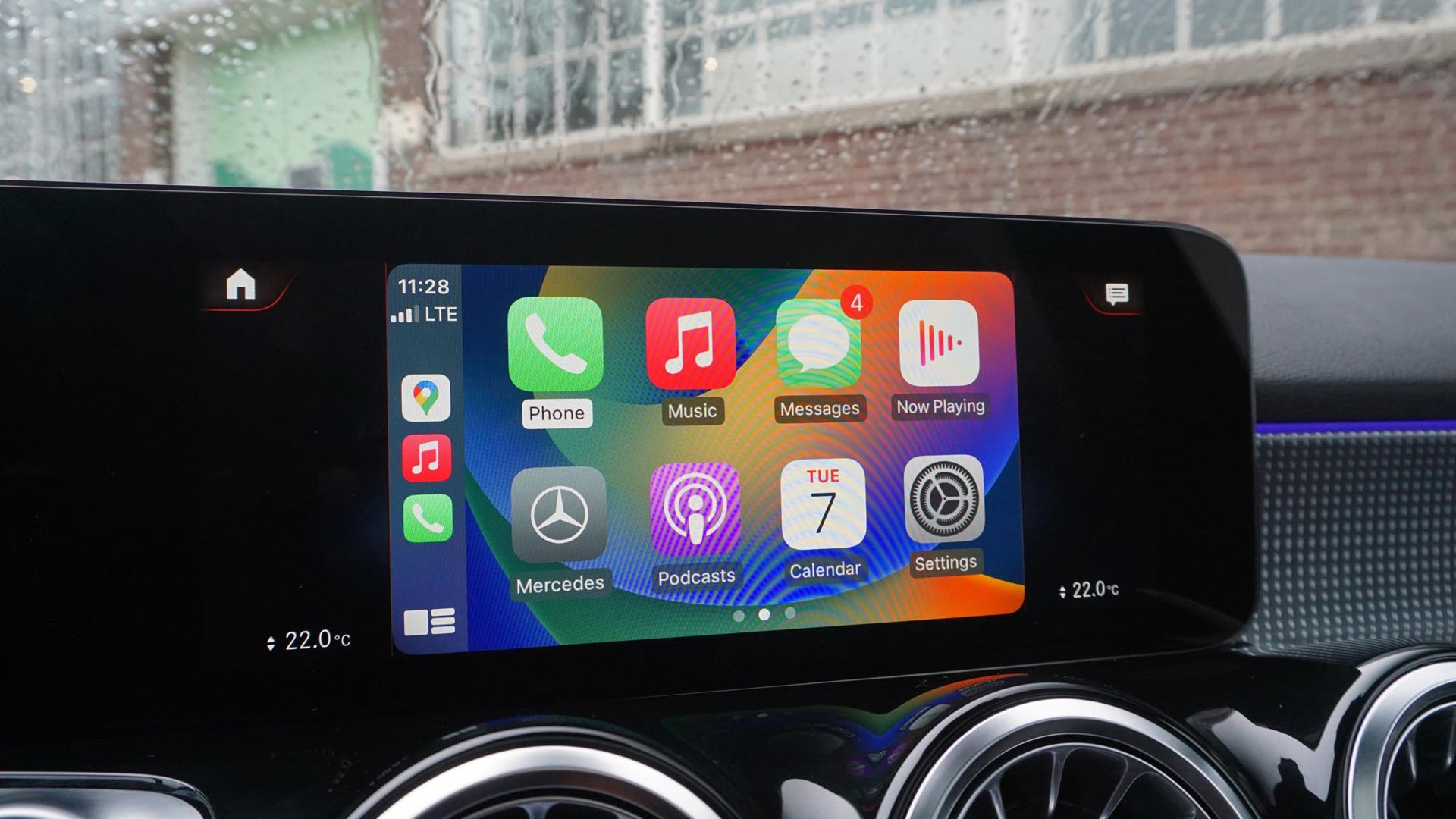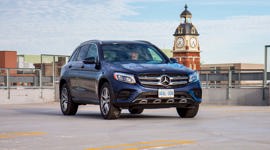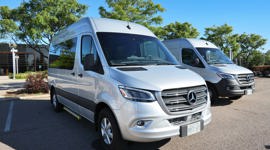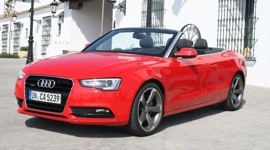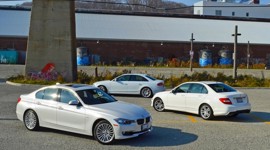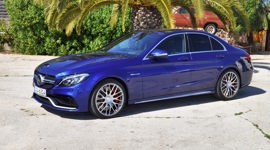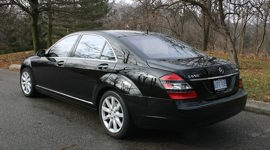 AutoTrader SCORE
AutoTrader SCORE
-
STYLING9/10
-
Safety8/10
-
PRACTICALITY10/10
-
USER-FRIENDLINESS7/10
-
FEATURES7/10
-
POWER10/10
-
COMFORT8/10
-
DRIVING FEEL8/10
-
FUEL ECONOMY6/10
-
VALUE6/10
When building electric vehicles (EVs), automakers can pick between two paths.
The first – and more expensive – involves the ground-up development of a dedicated platform. The other is quicker and cheaper, but adapting an existing gas-powered vehicle for all-electric operation often comes at the cost of sacrificing interior space – and even efficiency.
In the case of the 2023 Mercedes-Benz EQB SUV, modifying the small-but-spacious GLB-Class to serve in an emissions-free capacity does little to impact the impressive interior dimensions it offers. However, it comes up short in at least a few areas that are essential to the EV experience itself.
Fuel Economy: 6/10
Rather than dangle the carrot, let’s get right to the EQB’s biggest stumbling block: a serious lack of range. Now, in fairness, the 365 km it’s supposed to travel on a single charge is a bit better than average amongst EVs on the Canadian market; but that doesn’t make it any more useful to the average consumer – especially not when a similarly sized (and slightly cheaper) Tesla Model Y is good for as much as 531 km, according to Natural Resources Canada (NRCan).
This isn’t subjective criticism, either. A poll from KPMG last year found some 79 per cent of Canadians won’t consider an EV unless it can travel at least 400 km when fully charged. Over the course of this wintertime test, the EQB’s computer never showed an indicated range of more than 332 km as it worked through its break-in period – which, in fairness, is a considerable improvement over the 277 km it claimed it was capable of the day it was picked up.
In spite of the 66.5-kWh lithium-ion battery pack’s limited range – and this crossover’s boxy and upright shape – the EQB is fairly efficient. No, it’s not quite up there with the sleek and slippery Model Y, but its combined consumption rate of 21.7 kWh/100 km doesn’t trail too far behind that Tesla (17.1–18.9, depending on trim).
However, charging woes plagued this week-long test, with the process spontaneously stopped by the vehicle at multiple DC fast-charging locations, and six occasions when it simply wouldn’t connect. When it did work, it took an hour and 13 minutes to charge from 34 per cent to full at a 50-kW station. Mercedes says the EQB tops out at 100 kW of charging current, and it can get from 10 to 100 per cent in 32 minutes in ideal conditions.
User-Friendliness: 7/10
Like the Kia Soul that offers both all-electric and gas-powered drivetrains, there’s an approachability to the EQB that comes courtesy of the conventional foundation on which it’s built. In fact, opening the driver’s door reveals no discernible differences between this EV and the Mercedes GLB-Class it shares a structure with. It’s almost identical, right down to the gear selection stalk on the steering column, and the touchpad on the centre console.
Also like the all-electric Soul, there’s no proper one-pedal drive mode; instead, the adjustable regenerative braking stops short of, well, stopping. While the most aggressive setting is certainly noticeable, with the kinetic energy recovery process strong enough for occupants to pull at their seatbelts as they lurch forward in the fight against gravity, it’s disappointing that the system can’t bring the EQB to a complete stop. Sure, that’s a slightly more subjective expectation, but it’s not totally unreasonable, either – especially not in an EV this modern. (For what it’s worth, the EQB’s sibling EQS SUV has a proper one-pedal mode.)
The generation-old infotainment interface is also something of a sore spot, with a layout that requires swiping sideways through the various functions using either the 10.25-inch touch display, the corresponding touchpad on the console, or the BlackBerry-derived thumb sensor on the right side of the steering wheel. It’s simply not as intuitive as it is interacting with an icon-based menu that more closely emulates the way a smartphone functions.
On that subject, while both Android Auto and Apple CarPlay connections are standard here, they occupy only a portion of the widescreen display. To borrow a previous analogy, it’s a bit like watching old 4:3 footage on a 16:9 TV, with black bars on either side of the phone-mirroring content. This week-long test was also plagued by frustrating iPhone issues including sporadic connectivity and voice recognition failures.
Practicality: 10/10
Getting to the good stuff, the EQB is nearly as spacious as the GLB-Class it’s based on. With the battery stashed under the floor, rear-seat headroom suffers slightly, but its tall shape means this Mercedes has more upright space inside than most crossovers this size. It also features large doors front and back that open wide for easy access, while its height makes for great outward visibility all around (although the second-row headrests don’t retract fully, which is an odd nuisance more than anything else).
It also gives up a bit of cargo space compared to its sibling, with 495 L behind the second-row seats versus 560 L. Even so, the low liftover height and large tailgate opening make the EQB impressively practical for its size. In fact, the interior is so well packaged that the optional third-row seats ($1,300) are a worthwhile upgrade for those who host their in-laws or shuttle a couple extra kids to school or soccer practice. However, cargo room becomes negligible with those seats upright, with barely enough room for a few small tote bags.
Comfort: 8/10
Beyond its size-relative spaciousness, the EQB has in its favour a family-friendly livability that isn’t all too common amongst premium vehicles – even entry-level ones like this. There’s still something of a wow-factor here, thanks largely to the interior flourishes and ambient lighting, but otherwise it’s a bit like a mobile family room in the best ways possible. The seats are reasonably comfortable and supportive, while the synthetic leather they’re wrapped in is durable. (The real stuff can be added for $1,990.)
Styling: 9/10
Like most other brands these days, Mercedes is partial to packing its cabins with the kind of glossy plastic trim that’s prone to attracting dust and fingerprints, and the EQB’s is no exception. Looking past those pesky surfaces, the space is stylish and modern in a way that’s atypical of most EVs these days but is very much in keeping with the current Mercedes stable. The round HVAC vents and patterned panels on the dash and doors are pure class, while the adjustable ambient lighting is a nice touch.
The exterior styling is perhaps a bit more controversial than contemporary, with the bulging greenhouse and bulbous nose betraying what are otherwise sleek lines. (To this author’s eyes, the EQB’s quirkiness is among its greatest attributes.) Meanwhile, the simple five-spoke wheel design seen here has been punched up with splashes of blue to match the fender badges and headlight brows – although something to match around back would have been a fantastic finishing touch.
Power: 10/10
Whereas other markets boast a couple versions of this EV, there’s only one in Canada: the EQB 350 SUV. With dual electric motors, one for each set of wheels front and back, the combined 288 hp and 384 lb-ft of torque is exactly enough for this 2,175-kg (4,795-lb) crossover. The torque kicks in quickly, as is the case with electric power, resulting in a swift – if not quite stunning – acceleration.
Driving Feel: 8/10
With the drive mode selector set to sport, the EQB scampers around with a bit of urgency, but nothing like its rival from Tesla is capable of. More intriguing is its ability to putter around in eco mode, with what can only be described as an apprehension to increase speed when it’s requested. The same behaviour was noted during a recent test of the flagship Mercedes EQS SUV, with generous presses of the throttle required to overcome what can feel like an unresponsive pedal when accelerating from a stop or adding speed to pass on the highway.
Otherwise, the EQB doesn’t drive unlike any other crossover this size, electric or otherwise. There’s a simple serenity to the experience, with good steering response (although not much outright feel) and a reasonable ride quality. It hides the stiffness of its floor-mounted battery well, so bumps aren’t especially jarring, but the suspension’s short rebound strokes mean there isn’t as much absorption over particularly rough surfaces.
Features: 7/10
Like the GLB-Class, the EQB isn’t exactly brimming with luxurious features and finishes, but there’s a reasonable selection of stuff here. It starts with heated front seats that are 12-way power-adjustable and have three memory settings, plus the steering wheel is heated and the dual-zone automatic climate control system can be pre-conditioned when the EQB is plugged in via a paired smartphone.
A hands-free power tailgate, heated mirrors, and 19-inch wheels are standard, too, as is 64-colour interior ambient lighting, twin 10.25-inch displays (one for infotainment, the other for drive-related information), built-in navigation, and Apple CarPlay and Android Auto. However, stuff like satellite radio is stashed in an expensive upgrade package that adds $5,000 to the price tag, while ventilated front seats and heated rear ones aren’t offered at all.
Safety: 8/10
The list of advanced safety features is a short one without expensive upgrades. Equipment like forward collision warning with automatic emergency braking, blind-spot monitoring, automatic high-beam headlights, rain-sensing wipers, and even a self-parking system are standard, but lane-keeping, evasive steering assist, and adaptive cruise control that can execute automatic lane changes (with the driver’s hands on the wheel) are part of the $3,500 Intelligent Drive package. Likewise, a head-up display and surround-view camera system are part of the Premium pack that includes satellite radio.
Value: 6/10
Forget those expensive packages – both of which were added to this tester, for what it’s worth – and first focus on the $75,700 starting price for the EBQ. That’s nearly $6,000 more than the starting price of the Tesla Model Y Long Range, although its optional third row is far less functional and much more expensive. Meanwhile, the slightly smaller Audi Q4 e-tron starts at $59,950 and offers similar range estimates as this Mercedes, while the BMW iX is a bit bigger – but doesn’t offer a third row – and has even less range for its $79,990 starting price.
The Verdict
It’s not as if the 2023 Mercedes-Benz EQB SUV is objectively bad, but it’s arguably a little short of the lofty expectations this brand has established for itself over the years by building well-rounded vehicles. This crossover’s structural bones certainly are in keeping with those expectations, with a spacious and functional cabin, but as an EV it’s just OK.
Public-charging problems are troublesome for any EV, let alone one with limited range like this. That’s why its best fit is probably in a two-vehicle household, where the EQB’s emissions-free operation can be appreciated during in-town commuting or shuttling the kids to school or soccer practice. However, anything more than that could stretch its usefulness for the average shopper, with the EQB’s limited range holding it back from the greatness we’ve come to expect from Mercedes products.
| Engine Displacement | 215 kW |
|---|---|
| Engine Cylinders | Dual electric motors |
| Peak Horsepower | 288 hp |
| Peak Torque | 384 lb-ft |
| Fuel Economy | 2.4 / 2.5 / 2.4 Le/100 km, 21.4 / 22.0 / 21.7 kWh/100 km city/hwy/cmb; 365 km est. range |
| Cargo Space | 495 / 1,710 L seats up/down |
| Model Tested | 2023 Mercedes-Benz EQB 350 SUV |
| Base Price | $75,700 |
| A/C Tax | $100 |
| Destination Fee | N/A |
| Price as Tested | $85,600 |
|
Optional Equipment
$9,800 – Premium package, $5,000; Intelligent Drive package, $3,500; Third-row seats, $1,300
|
|

